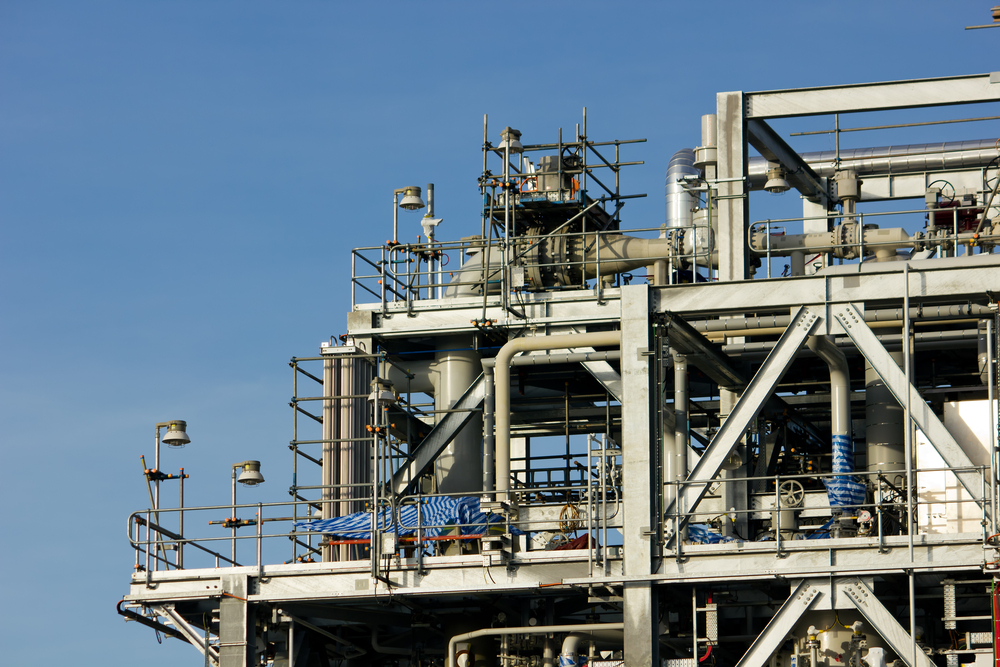
A comprehensive three-year scientific study into the air, water and soil impacts of hydraulic fracturing in Queensland has found little to no impacts on air quality, soils, groundwater and waterways.
The study also found current water treatment technology used for treating water produced from coal seam gas wells is effective in removing hydraulic fracturing chemicals and naturally occurring (geogenic) chemicals to within relevant water quality guidelines.
Research objectives for Air, Water and Soil Impacts of Hydraulic Fracturing in the Surat Basin, Queensland, conducted by the CSIRO’s Gas Industry Social and Environmental Research Alliance, were developed in response to community concerns about the potential for chemicals used in hydraulic fracturing operations to affect air quality, soils and water resources.
The study team included researchers from CSIRO, the Australian Nuclear Science and Technology Organisation (ANSTO), Macquarie University and The University of Queensland.
The study analysed air, water and soil samples taken before, during and up to six months after hydraulic fracturing operations at six coal seam gas wells in the Surat Basin in Queensland.
The levels of most air pollutants were well below relevant air quality objectives for the majority of the study period. Occasional high airborne particle concentrations were observed that exceeded national air quality objectives, however, similar events were also observed at sites not impacted by hydraulic fracturing activities.
No hydraulic fracturing chemicals were detected in soil samples, groundwater samples or samples from a local creek.
Water produced from the wells immediately after hydraulic fracturing contained hydraulic fracturing chemicals, elevated concentrations of major ions (salts), ammonia, organic carbon, some metals and organic compounds, with concentrations reducing over time.
At all monitored CSG wells the impacts of HF activities on water quality diminished over time. Within 20 to 40 days of completion of HF operations, concentrations of the majority of HF chemicals reduced to below detectable limits. Within 20 to 40 days of completion of HF operations, concentrations of geogenic chemicals returned to levels assumed to reflect coal seam formation water i.e. returned to a pre-fractured state.
GISERA Director Dr Damian Barrett said the CSIRO research conducted via GISERA was an Australian first and provided unique insights into the impacts of hydraulic fracturing in Australia.
“This new research provides valuable data about hydraulic fracturing in coal seam gas formations in the Surat Basin, Queensland,” Dr Barrett said.
“Previously, the only information about hydraulic fracturing was from overseas studies in quite different shale gas formations.
“Clearly governance, industry regulation and operational integrity are crucial in managing risk and potential impacts of hydraulic fracturing.”
Minister for Resources, Water and Northern Australia Keith Pitt says the report shows the steps taken by the industry to protect the local environment are working and should pave the way for further investment in gas exploration and development across Australia.
“I am hopeful [it] will attract more resources companies to consider investing in CSG and other unconventional gas developments,” Minister Pitt said.
Last week, Arrow announced it is proceeding with a significant CSG development in the Surat Basin in a project that will create 800 jobs in the construction and operational as well as delivering gas supplies into the east coast market.
Results from the studies showed:
- Air quality monitoring found hydraulic fracturing operations had little to no impacts on air quality, with no significant variation between air quality at hydraulic fracturing operational sites and control sites where no hydraulic fracturing activities occurred.
- Levels of most atmospheric air pollutants detected were generally below relevant national air quality objectives. Increased levels of airborne particles were associated with dust from vehicle movement.
- Hydraulic fracturing chemicals were not detected in water samples taken from nearby groundwater bores, soil samples from sites adjacent to operational wells, or in water samples from a nearby creek.
- Water produced from the wells immediately after fracturing contained hydraulic fracturing chemicals, elevated concentrations of major ions (salts), ammonia, organic carbon, some metals and organic compounds, with concentrations reducing to a pre-fractured state within 40 days.
- Current water treatment operations are effective in removing hydraulic fracturing chemicals and geogenic chemicals either completely or reducing levels to within acceptable limits according to water quality guidelines.
- Some types of biocides used in hydraulic fracturing fluids and some geogenic chemicals were completely degraded in soil samples within two to three days.
- Soil microbial activity was reduced by the addition of hydraulic fracturing fluids and produced water.
GISERA is a collaboration between CSIRO, Commonwealth and state governments and industry established to undertake publicly reported independent research.
The purpose of GISERA is for CSIRO to provide quality assured scientific research and information to communities living in gas development regions focusing on social and environmental topics.
Previous studies
An independent review of coal seam gas (CSG) in New South Wales, was released in 2014 by the NSW Chief Scientist, which highlighted many risks and uncertainties around human health from exposure to toxic CSG chemicals.
Despite this, the report concluded the risks could be managed through unprecedented regulation and monitoring.
A paper commissioned by the Chief Scientist by Pavla Vaneckova and Hilary Bambrick from the University of Western Sydney in 2013 described many health concerns associated with CSG mining. It reviewed some of the research from the US.
Over 30 more peer-reviewed papers examining unconventional gas health risks have laso been published. Some important examples are:
- a rigorous analysisof hazards, exposure routes and health effects identified multiple potential health risks and impacts
- a community studyfound significantly higher prevalences of self-reported respiratory (39% vs 18%) and skin (19% vs 3%) conditions among people living within 1 kilometre vs those living more than 2 kilometre away from CSG wells
- a regional study involving 124,832 infantsfound positive links between congenital heart disease and increasing numbers of shale gas wells within 10 miles of residence in the infant’s birth year
- a German analysis of water-related risksof coal seam and shale gas “fracking” concluded that “there is a general lack of basic information that would be needed for any well-founded assessment of the pertinent risks and the degree to which they can be controlled by technical means”.







